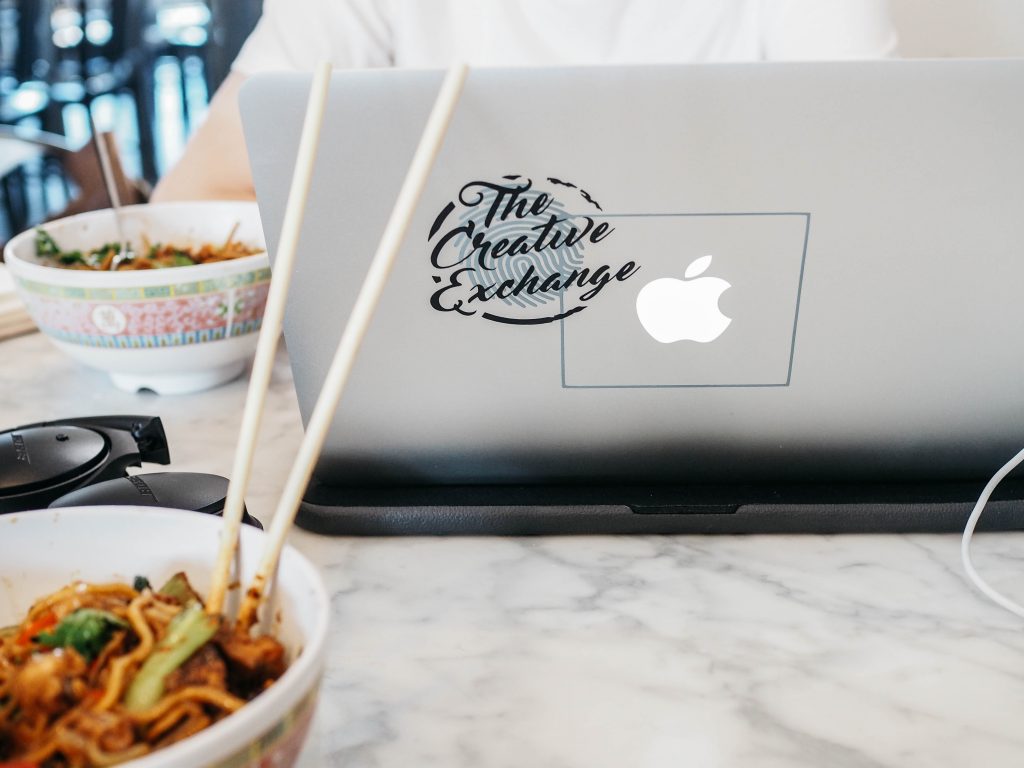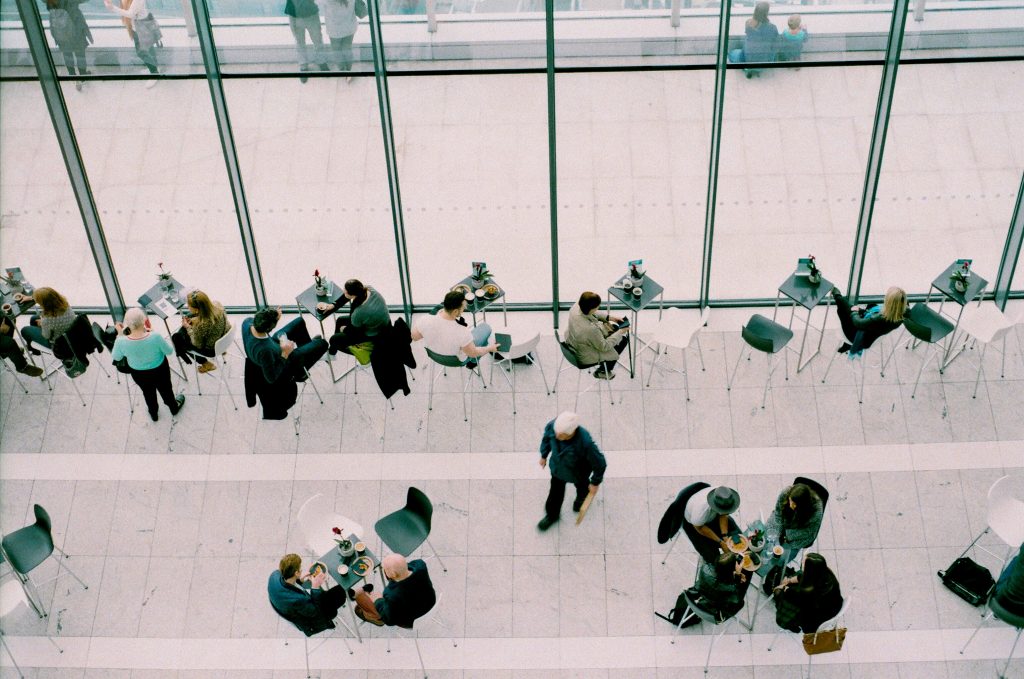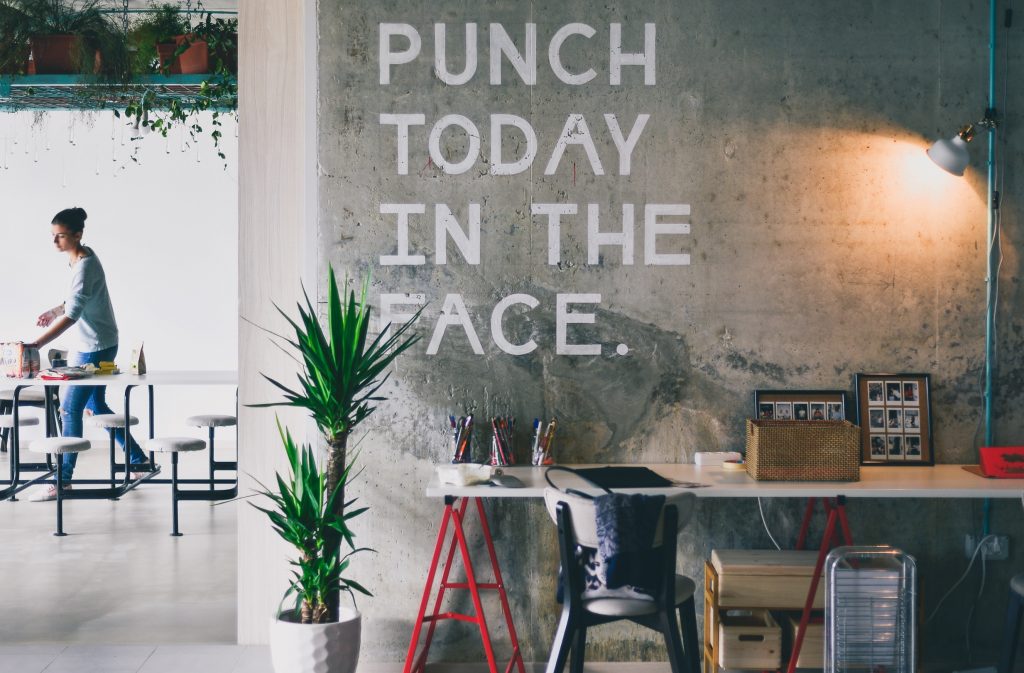We’ve all done it – attempted to eat that BLT sandwich whilst tapping out an email, at the same time as reading a report that’s been on your desk for 2 days. You finish your sandwich thinking you’re a role model for multitasking. In reality, half of the sandwich is on your keyboard and neither the report is read, or the email sent.
When you’re under pressure at work, eating lunch at your desk seems like a productive way to kill 2 birds with 1 stone. However, taking a break from your desk is essential in restoring energy levels and of course overall wellbeing. Not to mention better for our waistlines too. A recent American study of 5,000 employees, found that those who ate regularly at their desks were more likely to be obese.
Many underestimate the benefits of a quick break from the screen. Leaving your desk can be a great way to recharge, enabling you to be more productive when you return to your desk, reducing the chance of stress and burnout. So as a nation, why do we love to dine ‘al desko’?
To combat employees regularly missing out on a lunch break and how to promote the importance of stepping away from the screen, we’ve asked the wellbeing experts at CABA to share 5 IDEAL tips to help stop your office eating lunch at their desks.
LEAD BY EXAMPLE
If your employees see you working through lunch, they may feel like this is expected of them too. Make a point of letting your team know it’s okay and expected that they take a lunch break. Research carried out by CBA suggests office workers fear judgement from their peers and senior management. So, it’s essential that managers set a precedent for their employees, creating a workplace culture where staff feel comfortable to leave their desk for lunch.
ENCOURAGE TEAM LUNCHES
A great opportunity for your team to get to know each other away from the desk and work chatter. Suggest a team lunch every week or in the summer, make the most of the warmer weather and take a picnic outside
LUNCH AND LEARNS
It’s still work but combining lunch with learning a new skill as a team could be a way to encourage food free desks every week or month. These can easily be run and hosted by your team with no need to bring in external trainers. By utilising staff to run these sessions you’re also giving team members the chance to upskill and practise their presentation skills too. Just make sure the topic is fairly light, so staff don’t feel drained after. Aim for a short and engaging 30-minute session
CREATE A DESIGNATED DINING AND DOWNTIME AREA
We’re not suggesting you create a canteen but just an area that invites colleagues to take a break. This could include a picnic bench, or table and chairs, soft lighting, comfy chairs and things that provide distractions from phones and screens such as magazines and newspapers. Encourage your employees to relax away from the glaring screen of a monitor or laptop
FOOD FREE DESKS
If you’ve tried all the above and are still struggling to notice a shift in culture, then banning food being eaten at desks is an option, albeit an extreme one. You could still allow ‘light’ snacks but ask everyone to respect your policy and take lunch elsewhere. It’s probably better for our health considering the average desk contains 400 times more germs than a toilet seat anyway. Gross.









